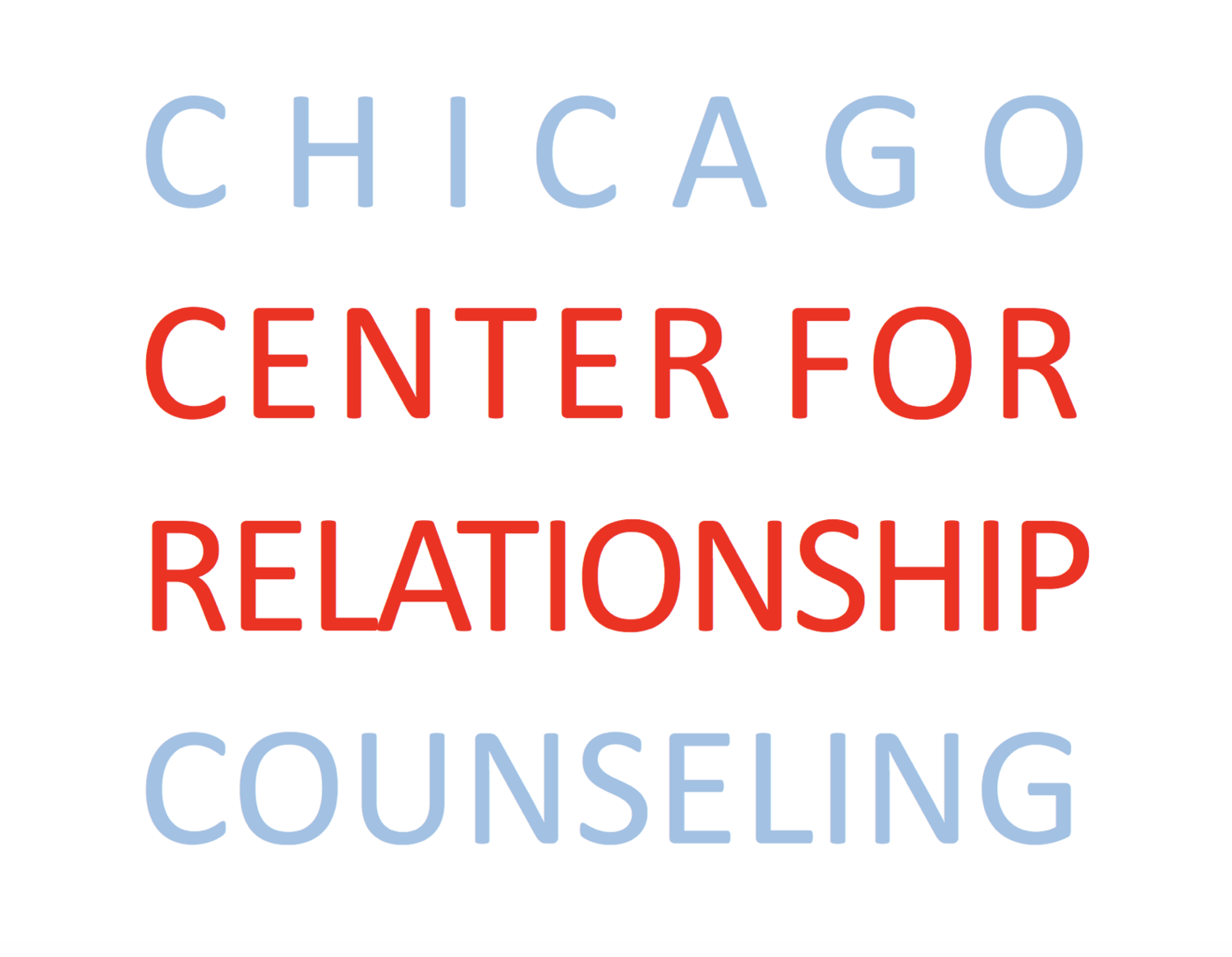A Boundaryless Song: Community Healing
Our brains and bodies are incredible. From the moment we are born, we look to our caregiver’s face and analyze what we see—a smile, a furrowed brow, wide eyes, rigid arms, gentle kiss, soft voice, loud cry—our bodies search for safety, and we attune to each other. We are boundaryless as we begin writing our narratives—our songs. And so, must we not be boundaryless and unconstrained in our healing process?
Therapy is designed and therapists are trained to be bound by laws and ethics that work within a very intricately white supremacist system. Like redlining, we are given our territories—our bounds—and told to stay within them right down to what we wear. They—the white supremacist system—call it professionalism; they call it ethics. I have been afraid to sing aloud because my song is an undeniably frightening reality that this system continues to fail me. However, my song has been sung and is still ringing throughout my body as I have attuned to the collective songs around me including my colleagues, friends, family, and clients—you.
You sit across from me, waiting—for the right words, for compassion, for me to tell you what to do, and for my healing song. Your eyes and body language say, “Therapists are supposed to—,” and my heart begins to race because your song, our songs, both drip with a longing and expectation. You need me, and I need you.
I coexist in a world and in a profession where my clients carry the systemic power and privilege that fails me in the same way that we BIPOC are repeatedly failed. I keep circling back to what I am expected to say as a therapist, but I am often lost. How do you live in a world where the system not only fails you but also traumatizes you? What happens when I identify and share that same kind of trauma my clients have experienced, a trauma that continues to remain unresolved because it could result in retribution if you decide to step away, sing alone, or sing at all? It would be the greatest disservice for me to dismiss that the system is broken and attempts to break us—my BIPOC family—continuously. Thus, I have reconciled that the greatest compassion I can offer you as a fellow human is the truth—our truths.
Today when I sing, I sing our truths; I sing our songs. You give me the courage and the strength to sing it for us all. And without you, there is no me—Michelle the Brown Therapist, the healer, the singer, the song writer, the creative, the human. I see you just as much as you see me, and I thank you for inspiring me to write this new song today.
“Community healing,” pours out of my lungs.
Community healing—how one heals within a community and as a village—is something I have been grappling with my entire life, and here is what I have come up with. Community healing must aim to lift up the schools, neighborhoods, family systems, and individuals within it. “It takes a village,” and so a community cannot be a community without every single individual involved. We create this village together, and so healing—our BIPOC healing—must be created together. It is a wonderful, loving collectivistic idea that has been fused within me and you through the blood running through our veins, through the stories that our parents and ancestors have passed down to us, through the moments that we share with our friends and neighbors, and even through the times when our colleagues and our clients have grown with us. Community healing is sharing a wealth of love, acceptance, truth, and support—not something we hold onto on our own—so that we can continue to learn and grow to love and accept ourselves and each other.
Your eyes and body language usually say, “Therapists are supposed to—,” and instead you say, “So what do YOU do?” My body relaxes when I realize you don’t want me to heal you, you simply want me to sing to you my human song like so many of our ancestors used to. Here are the lyrics my village passed down: healing is boundaryless, full of pain and grief, full of stories and memories, full of love and hope, full of art and color, and full of diversity and clamor. Today I break free of our bounds to form our healing bond. Thus, I buy your art and I go to your concerts, I promote your businesses and interests, and we make a lot of art together—in therapy and in the streets. “We heal together,” I sing.
One love,
Michelle Ahmed, LMFT
Acknowledgements:
To my kind and loving partner and editor, Eros Joshua Gonzalez, who continues to teach me more about community healing every day through his experiences as a dancer and as someone who works in the service industry.


